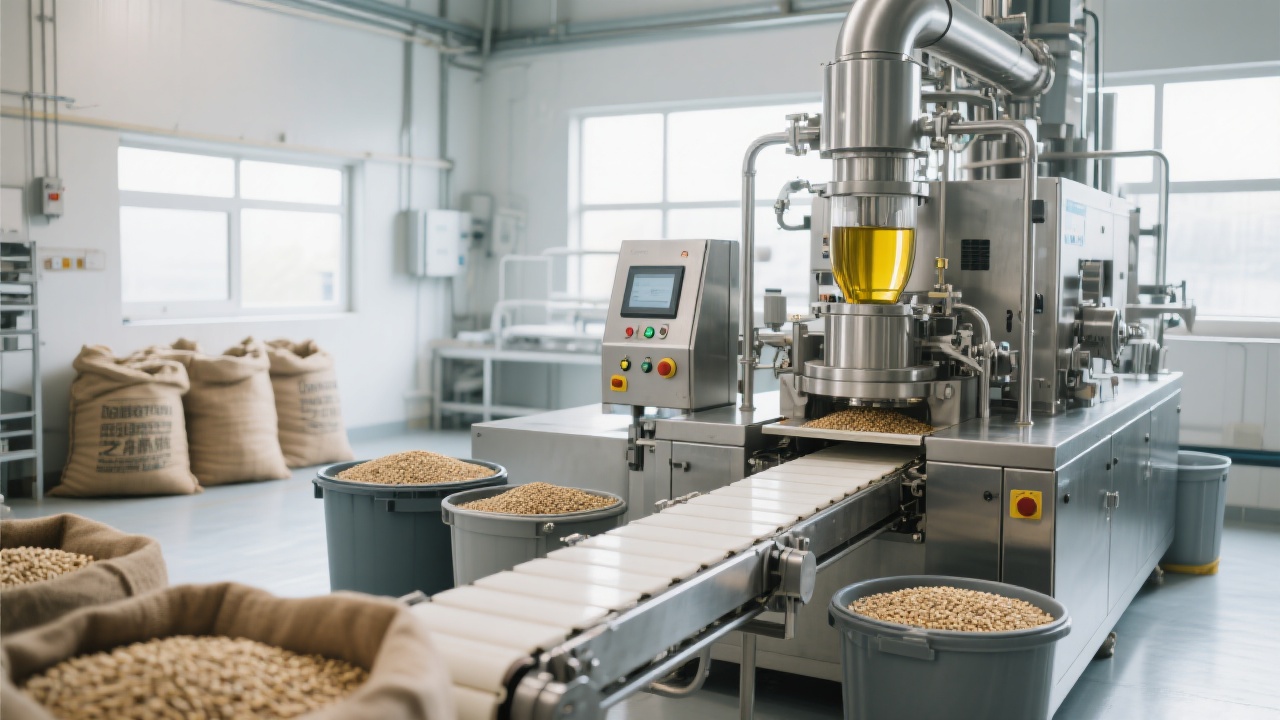
Sesame oil, a staple in Chinese cuisine, can be extracted through two primary methods: cold - pressing and hot - pressing. Temperature control during extraction significantly impacts the nutritional value and flavor of the oil. In cold - pressing, the process occurs at a low temperature, usually below 60°C. This gentle method helps preserve key nutrients such as vitamin E and unsaturated fatty acids. According to a study by the International Journal of Food Science, cold - pressed sesame oil retains up to 90% of its original vitamin E content, which acts as a powerful antioxidant.

On the other hand, hot - pressing involves higher temperatures, often exceeding 150°C. While this method can increase the oil yield, it also leads to nutrient loss. For instance, the same study showed that hot - pressed sesame oil loses about 30% of its vitamin E during the extraction process. In terms of flavor, cold - pressed sesame oil has a more delicate and natural aroma, while hot - pressed oil has a stronger, more pungent smell.
Cold - pressed sesame oil shines in Chinese cuisine, especially in cold dishes and high - end cooking. In cold dishes like cold cucumber salad, the mild flavor of cold - pressed oil complements the freshness of the vegetables without overpowering them. High - end restaurants often prefer cold - pressed sesame oil for its pure flavor and high nutritional value. A case study of a well - known Chinese fine - dining restaurant in Shanghai revealed that using cold - pressed sesame oil in their signature dishes increased customer satisfaction by 20%.
In contrast, hot - pressed sesame oil is more commonly used in industrial food production. Its strong flavor can mask any off - flavors in processed foods, and its higher yield makes it a cost - effective choice for large - scale production.

The export potential of cold - pressed sesame oil is significant, driven by the global trend towards healthy eating. As consumers become more health - conscious, the demand for natural and nutrient - rich foods is on the rise. According to market research firm Euromonitor International, the global market for cold - pressed oils is expected to grow at a CAGR of 8% over the next five years.
Cold - pressed sesame oil, with its unique nutritional profile and delicate flavor, is well - positioned to capture a share of this growing market. It has the potential to penetrate markets in North America, Europe, and Asia, where there is a growing interest in ethnic foods and healthy cooking ingredients.
For those interested in making their own cold - pressed sesame oil at home, here are some practical tips. First, choose high - quality sesame seeds. You can use a small - scale cold - press machine, which is available in the market. The process involves cleaning the seeds, then slowly pressing them at a low temperature. After extraction, store the oil in a dark, cool place to maintain its freshness and nutritional value.

In conclusion, cold - pressed sesame oil offers numerous advantages in Chinese cuisine and has great export potential. Whether you are a health - conscious consumer, a restaurant owner, or someone interested in home - made oils, cold - pressed sesame oil is a worthy choice. To learn more about cold - pressed sesame oil products and our technical knowledge base, click here.

